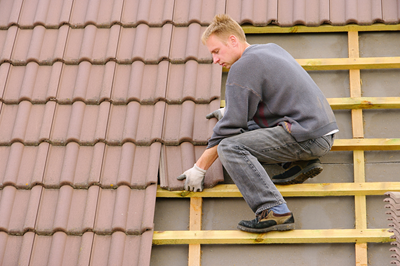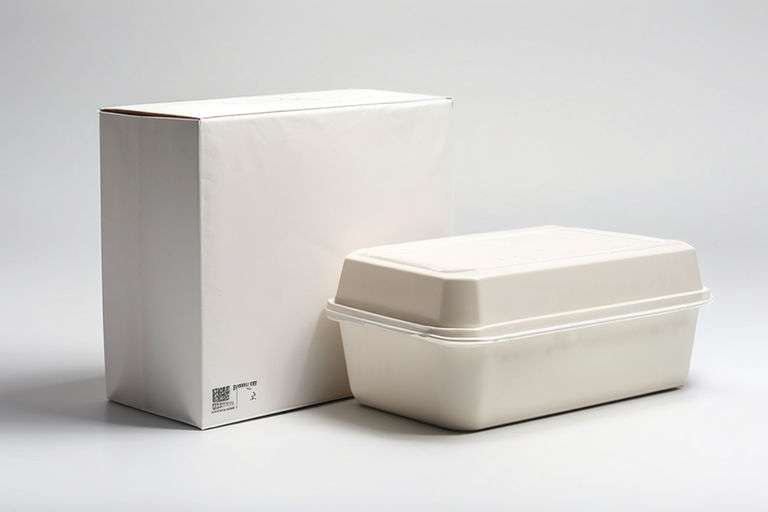
The roof is probably the most important part of a house; perhaps even more important than its exterior walls. As the most exposed surface of the house, the roof’s task is humongous. It’s constantly assaulted by the sun, rain, and wind, and, if leaky, the damage could total to thousands of dollars in repairs and ancillary damage.
With numerous roofing options available, choosing the best type for your building can be a bit difficult. In this post, we’ll be looking at the three most common types of roofs and comparing their pros and cons to make your job a bit easier.
Roofing tiles
These are some of the most popular types of roofing materials in use. Tiles have been around for centuries and have been found to be able to withstand the test of time while creating beautiful and diverse looks. Roofing tiles can either be made from clay or concrete.
Pros
A tile roof has the following advantages:
- Roofing tiles are very durable, can withstand the harshest of conditions and will last for a very long time before requiring a complete overhaul.
- It’s Cheap to maintain. Maintaining a tile roof is simple and cost effective. It only requires replacing the damaged tile with a new one – a task that is cheap both in terms of labour and materials.
- It’s aesthetically pleasing. Roofing tiles are very beautiful and will effortlessly transform any house into a masterpiece.
- It provides good sound proofing.
Cons
- Tiles are expensive to install. Roofing tiles are a relatively expensive roofing material to use. Because they are heavy, extra reinforcement to the roof structure is required which adds to the cost of installation.
- The roof is affected by the weather. When exposed to a lot of moisture, moss and mildew could grow on them which affects their aesthetic and durability.
- Tiles are delicate and will break when force is applied to
Shingles
These are mostly made of asphalt but could also be made from other materials such as wood or slate. They are a common roofing material the world over.
Pros
- They are inexpensive. Shingles are relatively cheap to have installed and maintained. Maintenance is also cheap in terms of labour and materials.
- They are aesthetically pleasing.
- They are lightweight and suitable for any roof structure.
Cons
- Shingles have quite a short lifespan and will require periodic maintenance to keep them in good shape.
- Some (such as those made from wood) may not provide fireproofing. This can, however, be solved by treating them with a fire retardant.
- Asphalt shingles don’t offer good heat resistance and will drive up heating and cooling expenses.
Metal Roofs
Metal roofs are the latest entrants into the roofing scene. Common metals used to manufacture these kinds of roofs include galvanised steel, tin, aluminium, and copper.
Pros
- They’re light and won’t require a special roof support structure to install.
- The roofing material is cheap and easy to install.
- Metal roofs offer good fire resistance for your house.
- Metal roofs have a long lifespan of more than 50 years.
Cons
- With metal roofs, rain and hailstorms can get quite noisy.
- Metal roofs will fade and lose their aesthetic with time.
- Maintenance is expensive as it requires changing the entire damaged sheet which costs a lot in terms of labour and materials.
- Metal expands and contracts as the temperature changes which could damage the roofs fastening with time. Special fastening that allows movement can be installed to solve this problem.
Make sure you weight up the options when it comes to choosing your roof.








![Building a network infrastructure [infographic]](https://thelocalbrand.com/wp-content/uploads/2016/03/Building-a-network-infrastructure-infographic-150x150.jpg)





